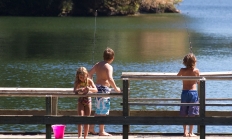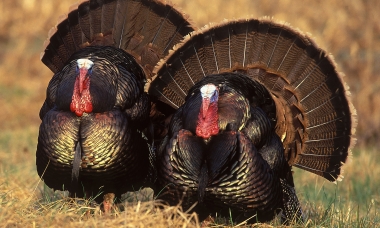
Search myodfw.com

As the winter day turns to dusk, White-tailed kites drop into their roosts and Short-eared owls rise to take their place on the local hunting grounds. White-tailed kites in Oregon often roost communally in winter, but they disperse in early spring and are more difficult to find during the breeding season. By day, they are conspicuous as they hover over rural fields searching for prey, in part because of their pale appearance. The tail is entirely white, as are the head and the underparts. Dark crescents on the underwing can be seen when a bird is flying or hovering. Above
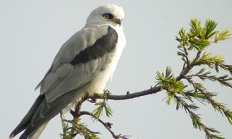
Turkeys make a lot of different sounds, many of which are different in spring and fall. Though most hunters can routinely fill tags by using only two or three sounds, it’s good to know what other sounds turkeys make and why. The hen yelp and variations The most commonly heard sound in the turkey woods is made by the hen, and it’s called a yelp. Toms also yelp, but it’s louder, raspier and often more drawn-out than that of hens. The yelp is usually delivered in a series of one-note tunes. However, yelps can take on various forms. Specifically, there

Willamette fishing December 4, 2025 Best bets for weekend fishing: The Willamette River and other water bodies are increasing in activity. Several waterbodies will be stocked with trout this week. Cascade Hike-in Lakes offer beauty, serenity, and the potential for untrammeled fishing opportunities. Trout stocking Stocked the week of Nov 17-21: Row River nature park (formerly Cottage Grove Lake) Scheduled to be stocked the week of Nov 24-28: Walter Wirth Lake, Mt Hood Pond at MHCC campus, Waverly Lake, Junction City Pond, Timber Linn Lake. Check the 2025 trout stocking schedule Trout stocking maps Check out the ODFW fishing and

Extremely high microcystin level detected in Barnes Unit water sample
KLAMATH FALLS, Ore. – ODFW is urging waterfowl hunters and other visitors to use extreme caution after laboratory results revealed exceptionally high levels of microcystin in a water sample collected from the Barnes Unit of the Upper Klamath National Wildlife Refuge. The sample was taken from an…
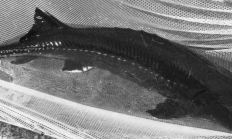
SE Fishing December 4, 2025 Best bets for weekend fishing Yellow perch fishing is still an option in Recreation Creek, Pelican Bay Area of Upper Klamath Lake, Sevenmile Canal Mouth, and Fourmile Canal. Best fishing for wild, native trout in the Klamath Basin will be the Klamath River. There are some nice holdover trout in the Malheur River below Warmsprings right now. Trout fishing has been great at Chickahominy Reservoir Crappie are abundant in Wolf Creek Reservoir with some nicer fish around 8 inches available. Crappie fishing in Owhyee Reservoir has been good. Channel catfish are a popular option. Find
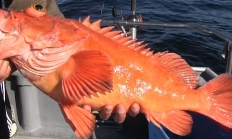

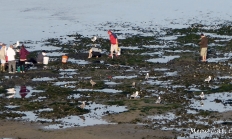

New pilot program for limited entry parking at Sauvie Island Beaches Free pass required summer weekends and holidays starting July 4
SAUVIE ISLAND WILDIFE AREA, Ore.— To manage ongoing traffic and parking problems at Sauvie Island Wildlife Area's beaches, ODFW is introducing a new limited-entry parking pilot program. Starting July 4, vehicles will need a free Sauvie Island Beaches Pass in addition to the Wildlife Area Parking…
Central Fishing December 4, 2025 Best bets for weekend fishing Steelhead anglers have been doing well on the lower Deschutes all the way up to Mecca Flat Fall is great time to fish the Crooked and Metolius Rivers. Anglers report excellent dry fly and nymphing opportunities on Fall River. Anglers report good bank fishing opportunities for trout at Haystack Reservoir Anglers report excellent kokanee fishing at Lake Billy Chinook. Trout stocking Weekly fish stocking will resume in March, 2026. Check out the 2025 stocking schedule. Trout stocking maps Check out the ODFW fishing and trout stocking maps to find nearby
